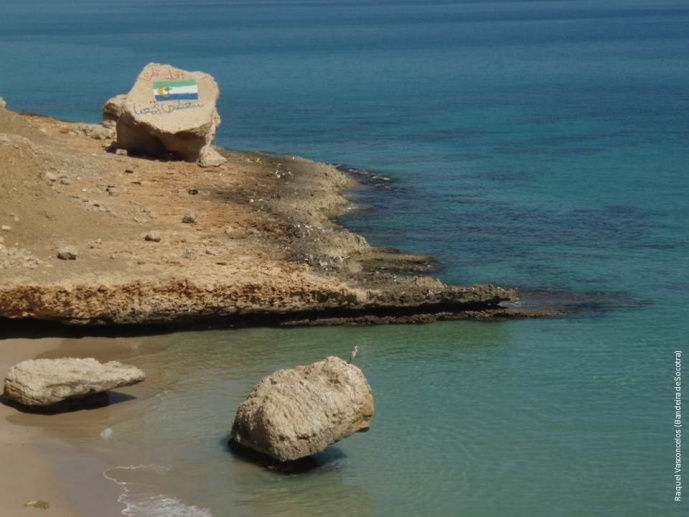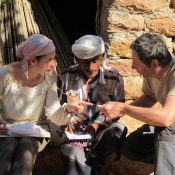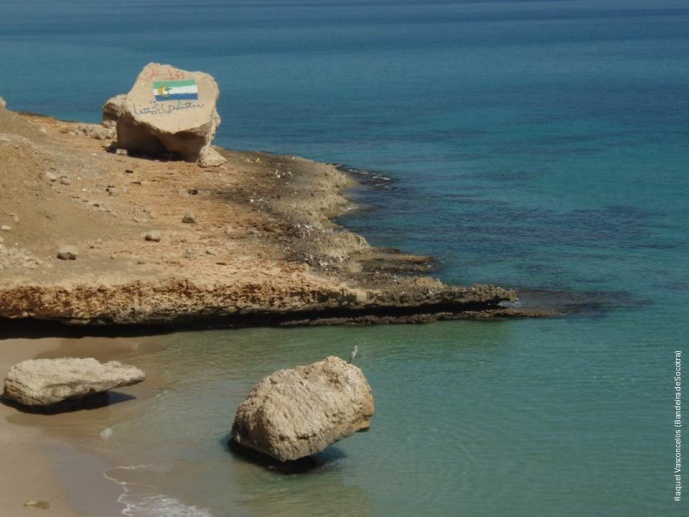Forgotten in the ocean: the reptiles of the Socotra Archipelago as a model for the study of island Biogeography, Evolution and Conservation
Continental islands are very important hotspots of biodiversity and provide premier settings for studying the evolutionary and ecological processes that have resulted in such unique biotas. The Socotra Archipelago, in the western Indian Ocean, is a case example of an ancient continental fragment, a block of Precambrian Gondwanaland with a long biogeographic history. The Archipelago comprises four islands: Socotra, Darsa, Samha and Abd Al Kuri and is located in the Arabian Sea, situated 380 km southeast from the coast of Yemen and about 100 km east from the Horn of Africa (Somalia). Often referred to as the "Galapagos of the Indian Ocean”, it was designated a UNESCO World Heritage Natural site in 2008 as a result of its high level of endemicity at both specific and generic levels. Its ancient origin, long period of isolation from mainland, orographic diversity and unique climate affected by the monsoons have probably played important roles in the assemblage of its biota. However, a few studies have examined the congruence between these causal factors and the cladogenesis in the molecular phylogenies of various taxa.
With 90% of the 30 species and 41% of the 12 genera being found nowhere else in the world, reptiles constitute the most relevant vertebrate group of the Socotra Archipelago and an excellent model to study in depth the role of historical and contemporary factors (i.e., island size and geographic isolation, biogeographic history and ecological disparity) in the origin and diversification of this faunal assemblage. The main objectives of the project are:
1.- to infer robust calibrated phylogenies to assess the origin of the Socotran reptile fauna;
2.- to test the relative role of adaptive processes in the diversification of Socotran geckos and compare the patterns of diversification and phenotypic differentiation of continental and Socotran sister groups to see whether island and continental species differ in their dynamics of diversification and eco-phenotypic evolution;
3.- to study the diversity patterns of endemic reptiles in the Socotra archipelago that are related to potential vulnerability to climate change; and
4.- to test and improve the current taxonomy of the groups concerned. The project will add important knowledge to the speciation process and community assemblage on continental islands and will also have important implications for conservation. At the same time it will make an excellent historical, systematic and comparative framework for future studies on the fauna and flora of this and other archipelagos in the world.
PI:Salvador Carranza; Dr. Gustavo Llorente; Joan Garcia-Porta; Margarita Metallinou; Emilio Valbuena; Prof. Mauro Fasola; Prof. Mauro Fasola;



